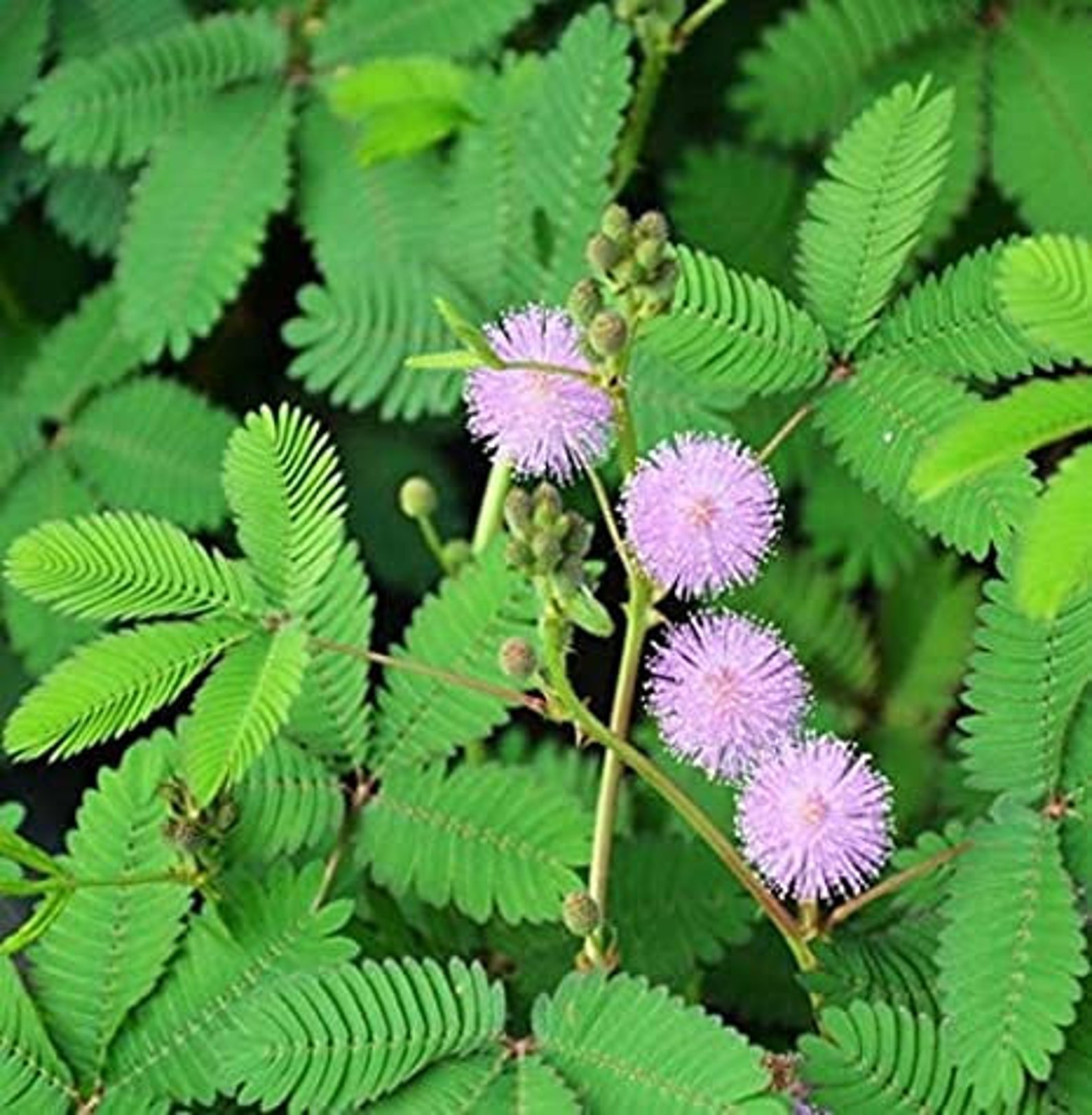
25 Seeds Sensitive Plant Seeds Touch Me NotSleeping Etsy
Jewelweed, also commonly known as spotted touch-me-not, is an annual wildflower with cornucopia-shaped flowers topping blue-green, oval leaves that are toothed and partially fuzzy. Jewelweed grows well in environments that many other plants can't tolerate, including soggy soil and deep shade.
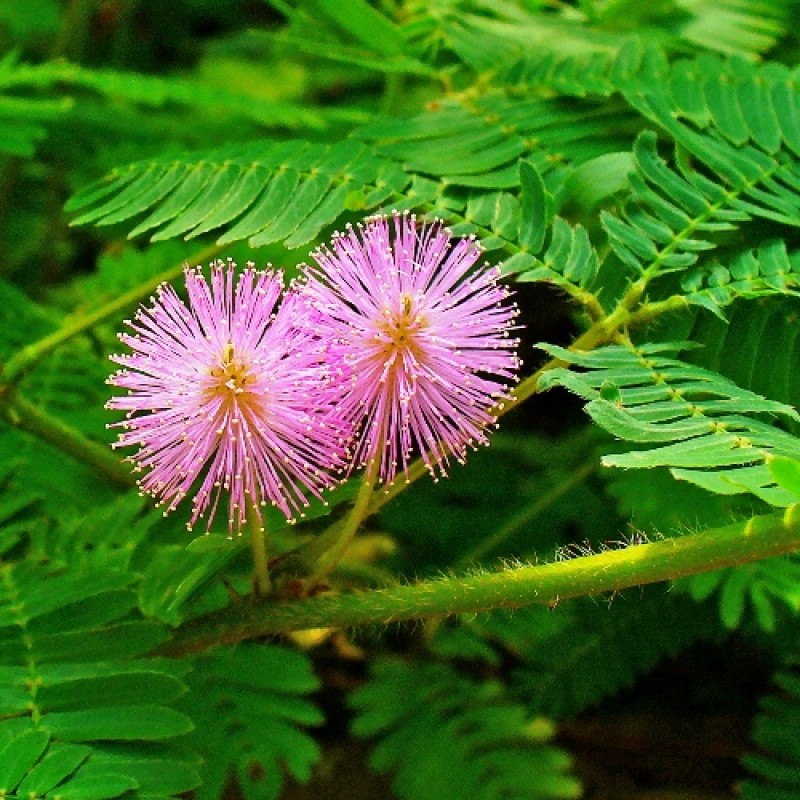
Buy Mimosa (Touch Me Not) Plant online at cheap price on
This occurs due to changes in the turgor pressure in its cells. The behavior is a predator avoidance mechanism. Mimosa pudica is a perennial herb of the Fabaceae pea family, native to Central and South America. Commonly called the touch-me-not plant, the sensitive plant, or the 'Tickle Me plant', it is known for closing its leaves or.

Touchmenot plant (Mimosa pudica) in action YouTube
Touch Me Not Plant Growth and Care Guide June 22, 2022 by Pam Flowers With a name like 'touch me not', you'd think that the plant is toxic or poisonous, but this isn't the case. It's actually one of the most interesting mimosa plants around, often ignored or thought of as an ordinary weed.
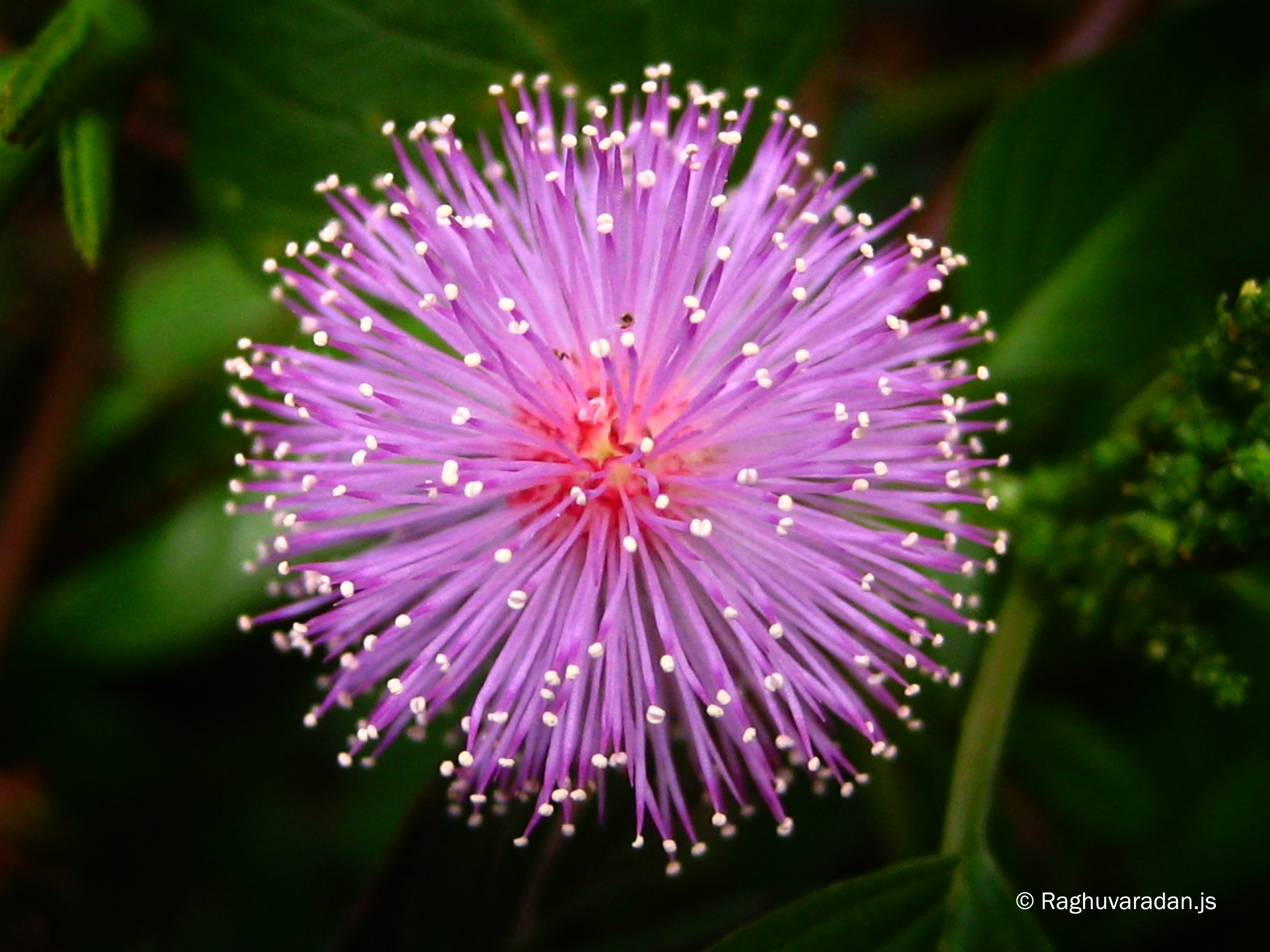
Free photo Touch me not Bspo06, Flower, Green Free Download Jooinn
The touch-me-not plant is a popular houseplant due to its relatively easy maintenance and interesting ability to recoil when touched. Here's how to grow and care for your touch-me-not plant. Why Do the Leaves Close When Touched? The burning question most people have about the sensitive plant is why its leaves close when touched.

Touch me not Touch me not plant, Garden layout, Plants
The scientific name of touch me not plant is Mimosa pudica. The name is derived from Latin pudica, referred to as 'shy' bashful or shrinking. It is also known by different names such as sensitive plant, action plant, sleepy plant, or shameplant.

Flower of touchmenot stock image. Image of nice, pinkish 94307669
pH 6-7 is best suitable for its propagation. 5. Watering. Give proper water when the plant is in a growing phase but reduce in winters. 6. Fertilization. Fertilize the plant after regular intervals of time. Use best all-purpose liquid fertilizer once a month for proper growth. Touch me not leaves.
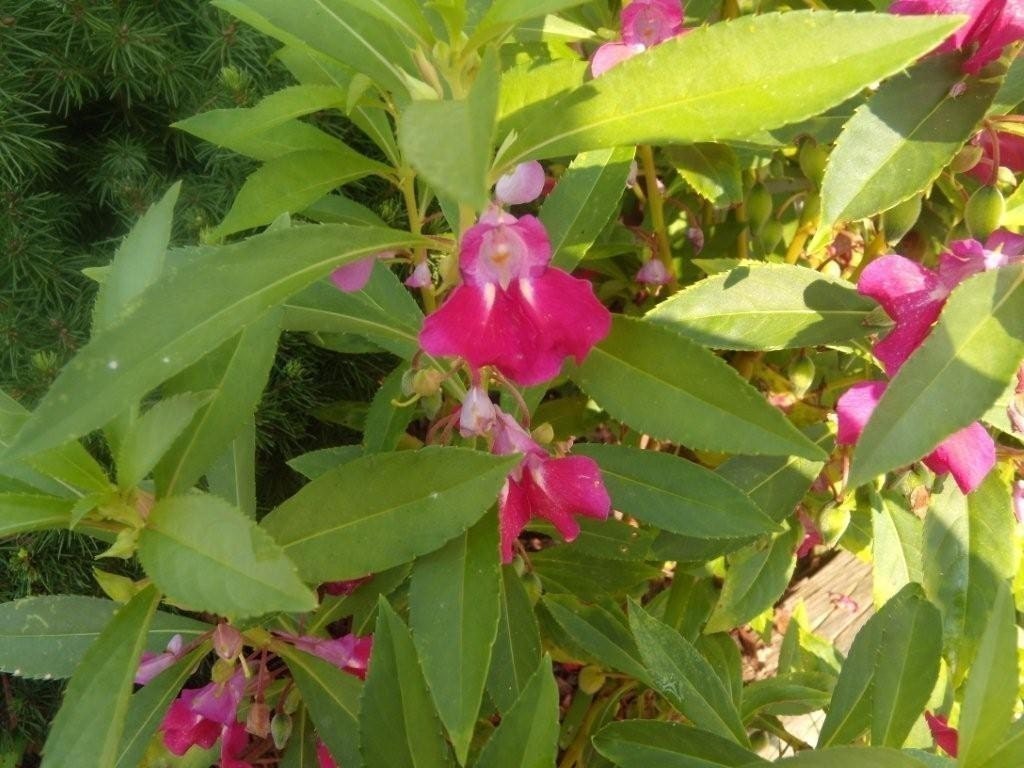
Touch Me Nots Heirloom Flower seeds Grow a Cottage Garden
Mimosa pudica is a flowering perennial or annual plant (in some zones) in the botanical family Fabaceae.The sensitive plant is classified in the same family as peas, legumes, and beans. The fascinating feature of Mimosa pudica is the way its delicate green foliage responds to touch.. The delicate leaves look like small fern leaves with between 10 and 26 pairs of leaflets on each one.
-Seeds-800x800.jpg)
Buy Mimosa Pudica, Touch me not Seeds(1Kg) online at
Give this plant plenty of bright sunshine indoors or outdoors. Plant in well-draining, loamy soil for proper root growth. Water to keep soil moist, but never soggy. Reduce watering in the winter for indoor sensitive plants. Keep temperatures indoors or outdoors between 65 and 75 degrees Fahrenheit for best results.

Touchmenot plant (Mimosa pudica) in action YouTube
How To Propagate A Touch Me Not Plant From A Cutting. To grow Mimosa pudica from a cutting, select a branch that includes one leaf node. Plant this branch into loamy pot soil and place it in a warm sunny spot. To enhance the humidity and facilitate propagation, cover the plant in a plastic tent for four weeks.
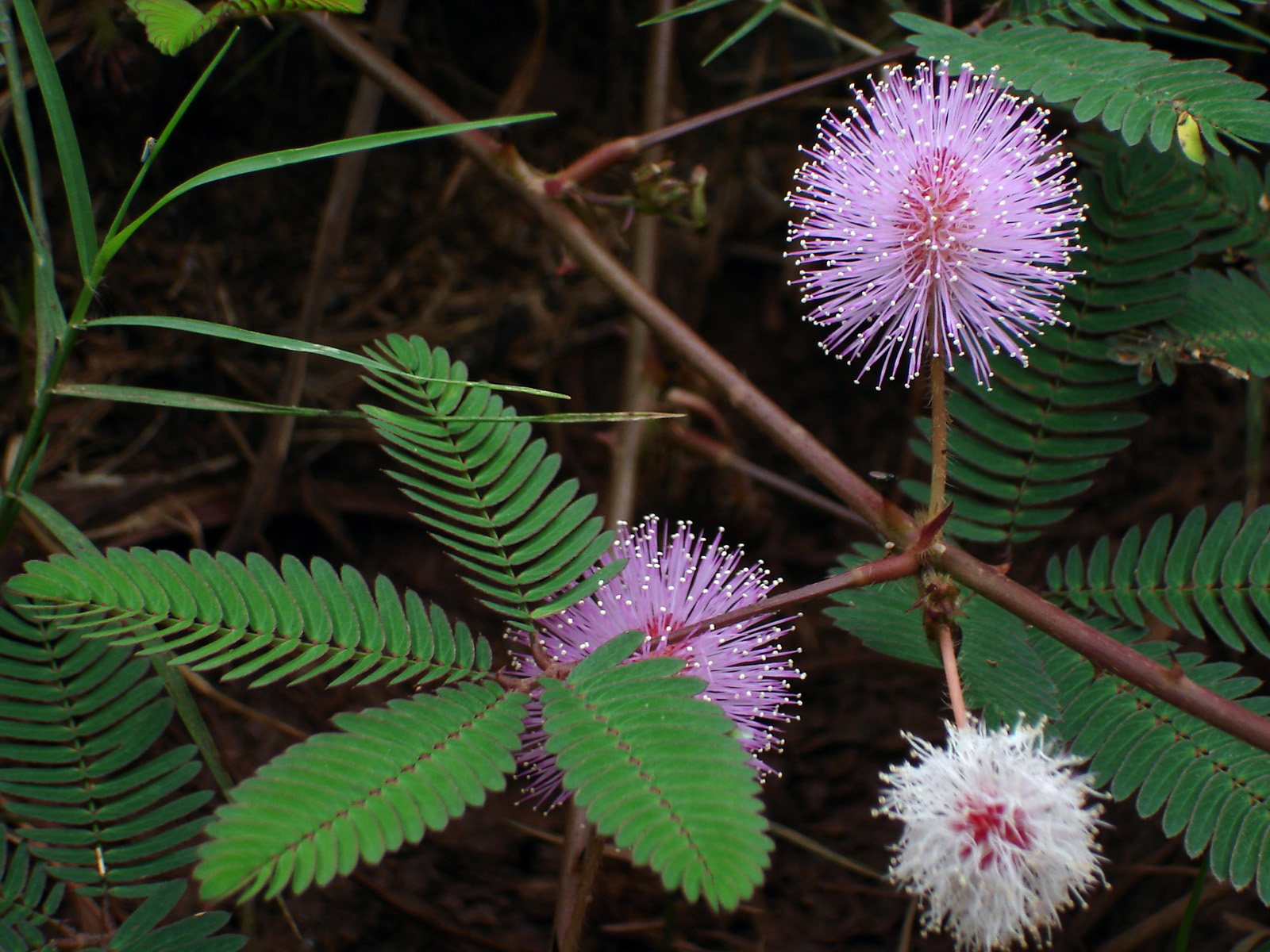
Free photo Touch me not Bspo06, Flower, Green Free Download Jooinn
Water well, cover the pot with a half-cut plastic bottle or sheet to maintain a humid environment, and keep it in bright but indirect light. The seeds will germinate in 2-3 weeks. Cut a healthy stem with one leaf node and plant it in a seed starting mix or in the blend that we have mentioned above. Water well, cover with a plastic bag, and keep.
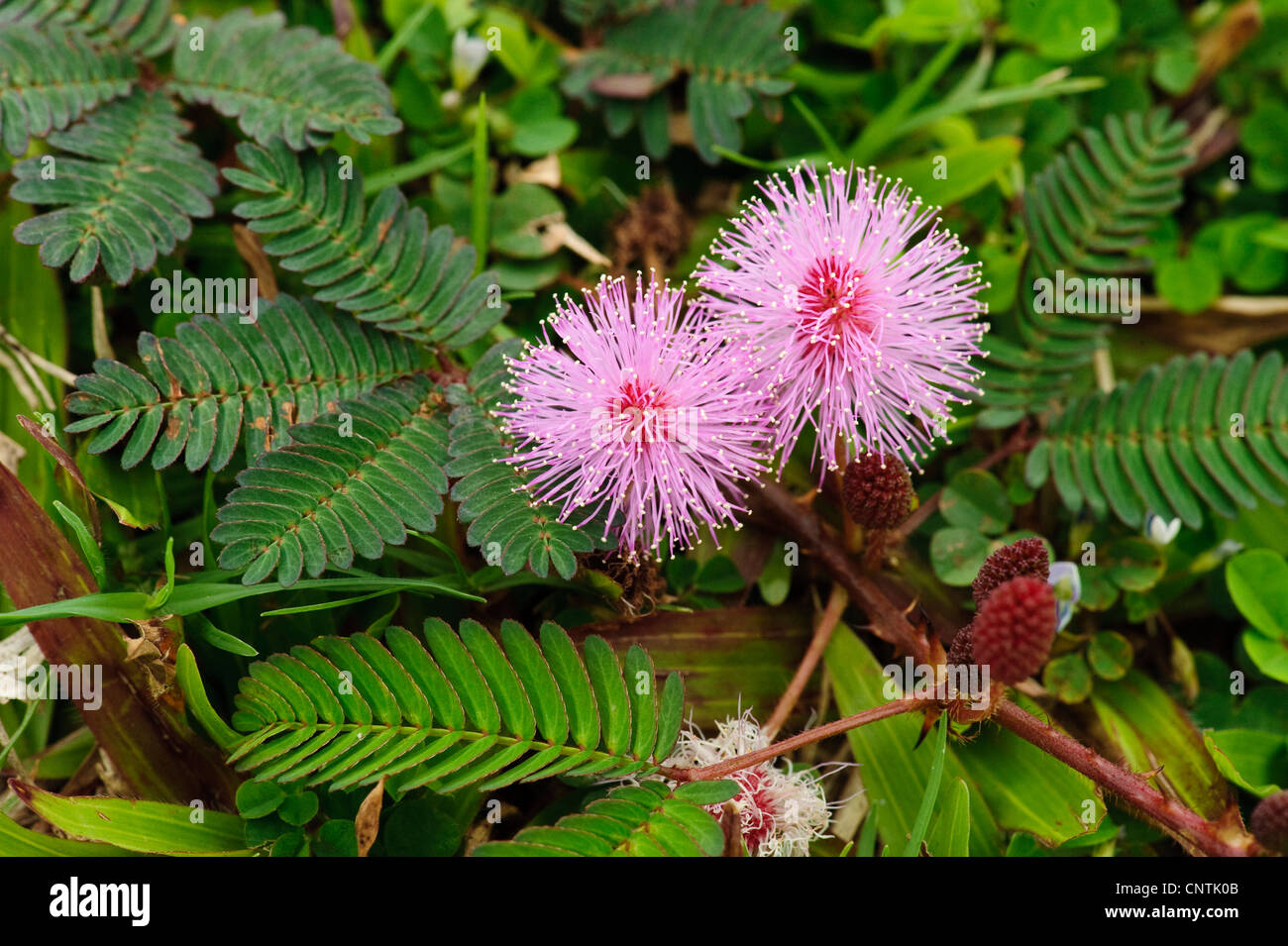
sensitive plant, Touchmenot (Mimosa pudica), flowering Touchmenot, Australia, Queensland
Mimosa pudica ( pudica ( Latin for 'shy, bashful, shrinking'); also called sensitive plant, sleepy plant, action plant, [3] touch-me-not, or shameplant) [2] is a creeping annual or perennial flowering plant of the pea/legume family Fabaceae. It is often grown for its curiosity value: the sensitive compound leaves fold inward and droop when.
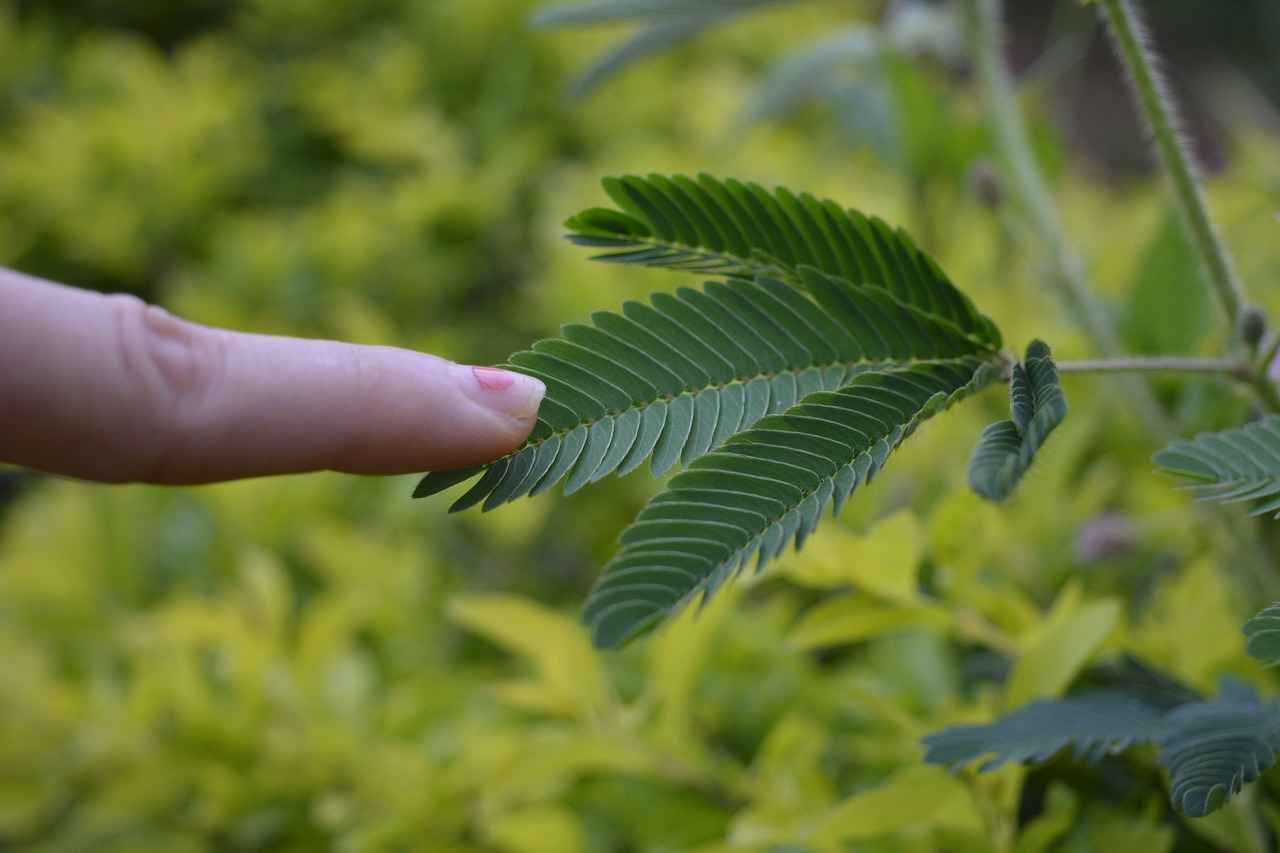
Touch Me Not Plant Information, Uses, Benefits and Side Effect
Touch Me Not Plant Care. Mimosa pudica is often grown in the living room and offers bright, attractive flowers. In addition, it has a quick germination rate and forgiving growth conditions, making the plant relatively easy to grow. Coupled with the uniqueness factor, it's a novelty any gardener would be glad to have around the house to show.

Touch Me Not Plant (Chui Mui Plant) Important Facts and Uses
Enter the Touch Me Not plant, scientifically known as Mimosa Pudica, a captivating botanical wonder that responds to the gentlest human touch. It's like having a conversation with a plant, and it's absolutely enchanting! This intriguing species boasts delicate, fern-like foliage.
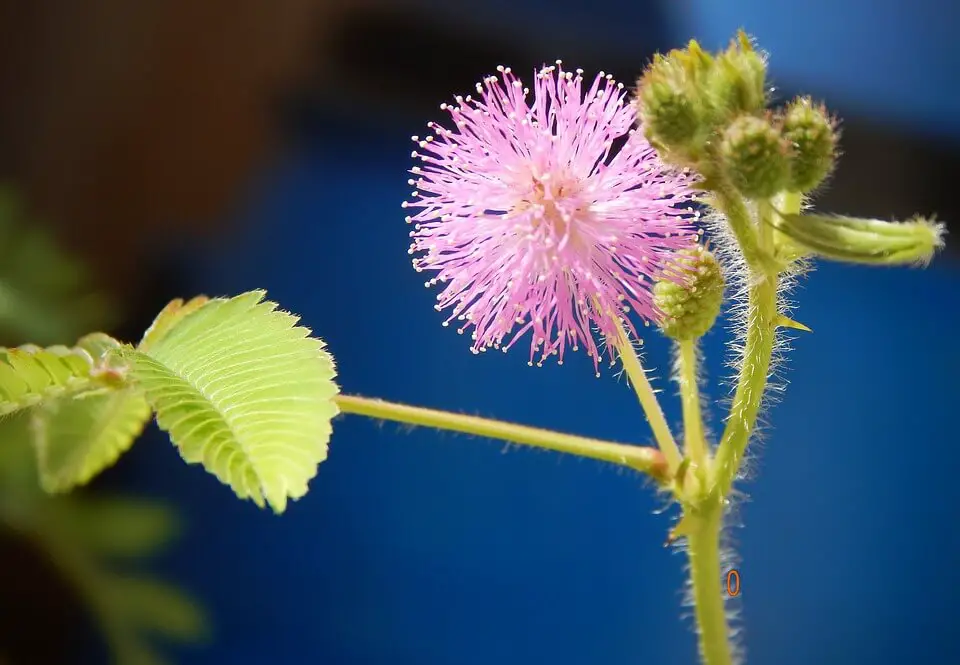
Touch Me Not Plant (Mimosa pudica) How to Grow with 10 Amazing Facts Gardening Zeal
1. Cut a 4 inch (10 cm) shoot from a mature sensitive plant. You can plant the shoot and grow a new sensitive plant from it. Make sure the shoot you cut has at least one leaf node on it. 2. Plant the shoot in a pot using a peat moss and perlite potting mixture.
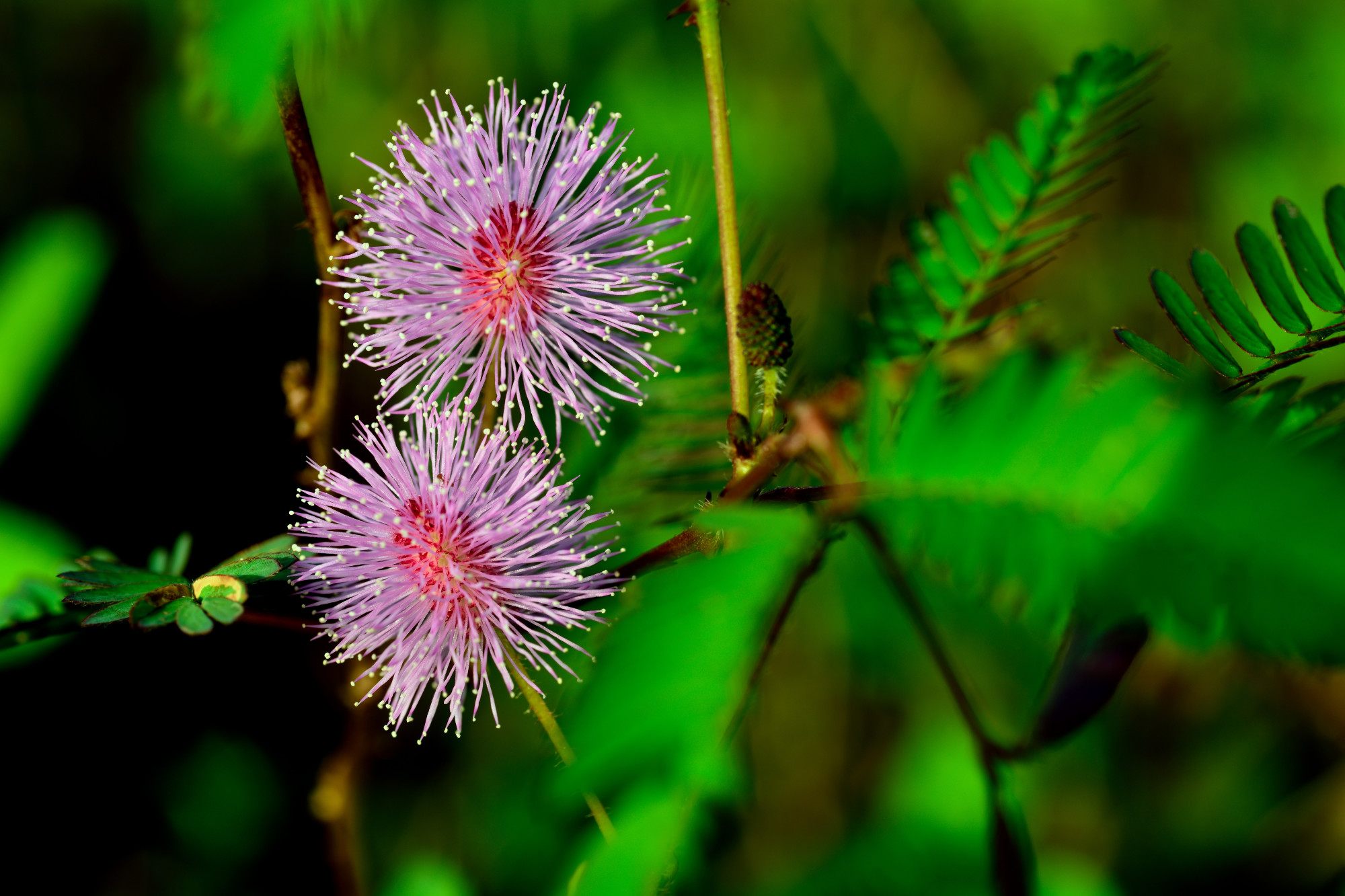
5 Things to Know About the Touch Me Not Plant Lifestyle and Hobby
Balsam, or Touch-Me-Not, is a nearly forgotten annual flower that used to be a cottage garden favorite. It is related to the ubiquitous impatiens which have been ravaged by downy mildew, an airborne fungal disease. Downy mildew has become such a problem that many nurseries no longer sell impatiens.

How to Grow and Care for ‘Touch Me Not Plant’ The Unique Sensitive Plant
Touch me not plants can also be used as good decorative and ornamental plants in your garden. Growing regions of touch me not plant. Touch me not plant or shame plant is usually considered as a native plant of central and south America. But it is a common invasive plant in many tropical and subtropical countries including India and Bangladesh.